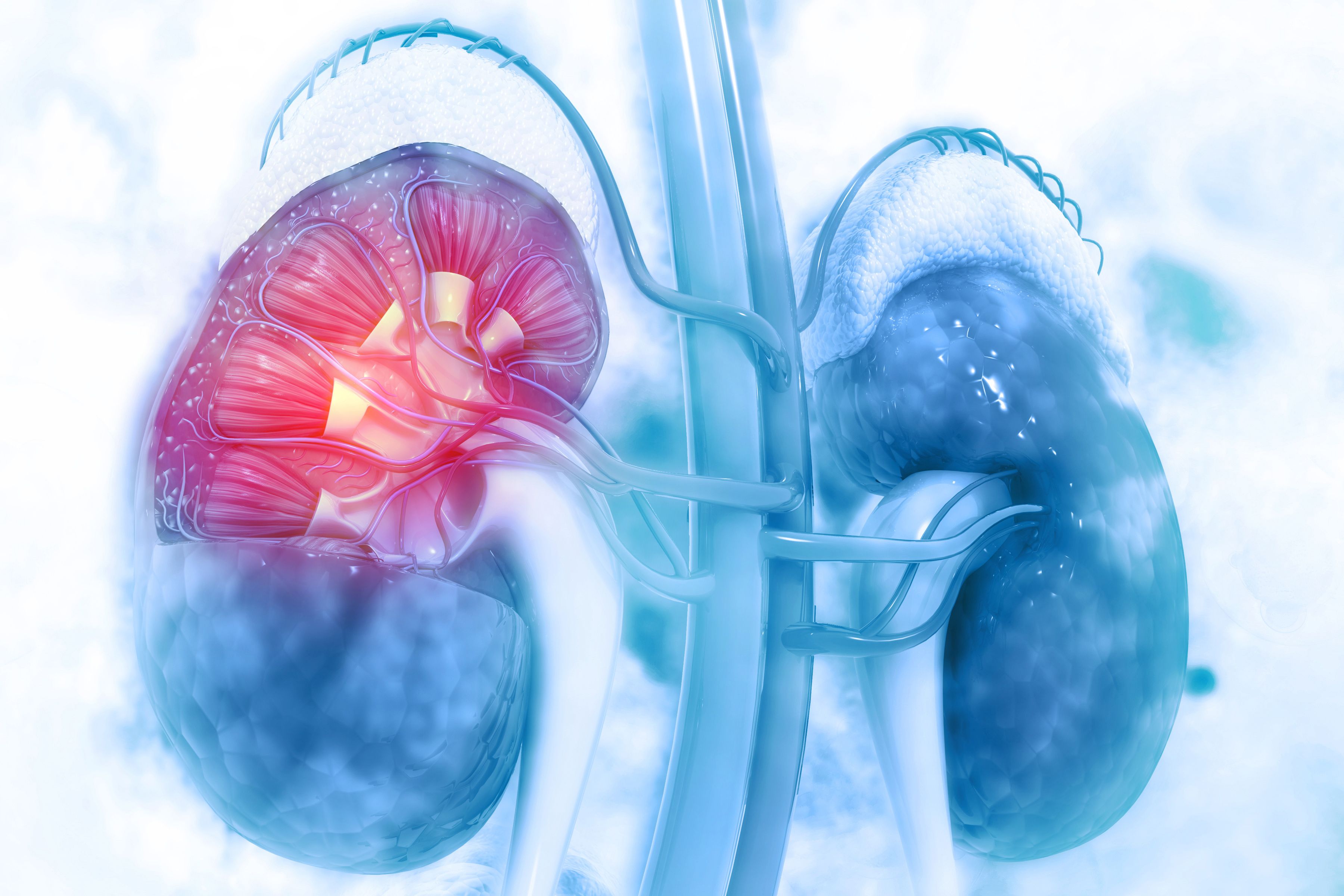Acute kidney injury in pregnancy on rise
Results of a very large cohort study underscore the need for routine screening of kidney function and detection of acute kidney injury in all women hospitalized during pregnancy.

Results of a very large cohort study show that acute kidney injury (AKI) in pregnancy is on the rise, underscoring the need for routine screening of kidney function and detection of AKI in all women hospitalized during pregnancy. The findings appear in The American Journal of Nephrology.
Methods
For the research, the authors used data from than 42 million pregnancy-related hospitalizations of women aged 15 to 49. The information was collected from the 2006 to 2015 Nationwide Inpatient Sample database and the aim of the study was to assess trends and factors associated with AKI in hospitalized pregnant women in the United States.
The authors determined unadjusted rates of AKI overall and by age, race/ethnicity, diabetic status, and socioeconomic status. They used non-parsimonious multivariable logistic regression models to analyze clinical outcomes of AKI, inpatient mortality, and cardiovascular (CV) events.
Findings
Overall, there was a 0.08% rate of AKI during pregnancy-related hospitalizations. The likelihood of AKI was higher during the pregnancy-related hospitalizations in 2015 than in 20016 (odds ratio [OR] 2.20; 95% CI, 1.89-2.55). It was also higher in women aged 26 to 40 (OR 1.49; 95% CI 1.36-1.64) and 41 to 49 (OR 2.12; 95% CI 1.84-2.45) than in women aged 20 to 25.
Race and diabetes status, too, were correlated with risk of AKI, with greater likelihood in blacks (OR 1.52; 95% CI 1.40-1.65) and Native Americans (OR 1.45; 95% CI 1.10-1.91) than in whites and in women with diabetes than in those without the disease (OR 4.43; 95% CI 4.04-4.86). Women hospitalized during pregnancy who had AKI who were likely to die as inpatients (OR 13.50; 95% CI 10.47-17.42) and to have CV events (OR 9.74; 95% CI 9.08-10.46) than if their hospitalizations had not been complicated by AKI.
Conclusions
Commenting on the reasons for the increased incidence of AKI during pregnancy-related hospitalizations since 2006, the authors theorized that it might be caused by “increased awareness and detection of AKI during pregnancy.” Nevertheless, they concluded that “implementation of specific interventions for the prevention, diagnosis and management of AKI in pregnant women may reduce the burden of AKI during hospitalizations in the United States.”
S4E1: New RNA platform can predict pregnancy complications
February 11th 2022In this episode of Pap Talk, Contemporary OB/GYN® sat down with Maneesh Jain, CEO of Mirvie, and Michal Elovitz, MD, chief medical advisor at Mirvie, a new RNA platform that is able to predict pregnancy complications by revealing the biology of each pregnancy. They discussed recently published data regarding the platform's ability to predict preeclampsia and preterm birth.
Listen
